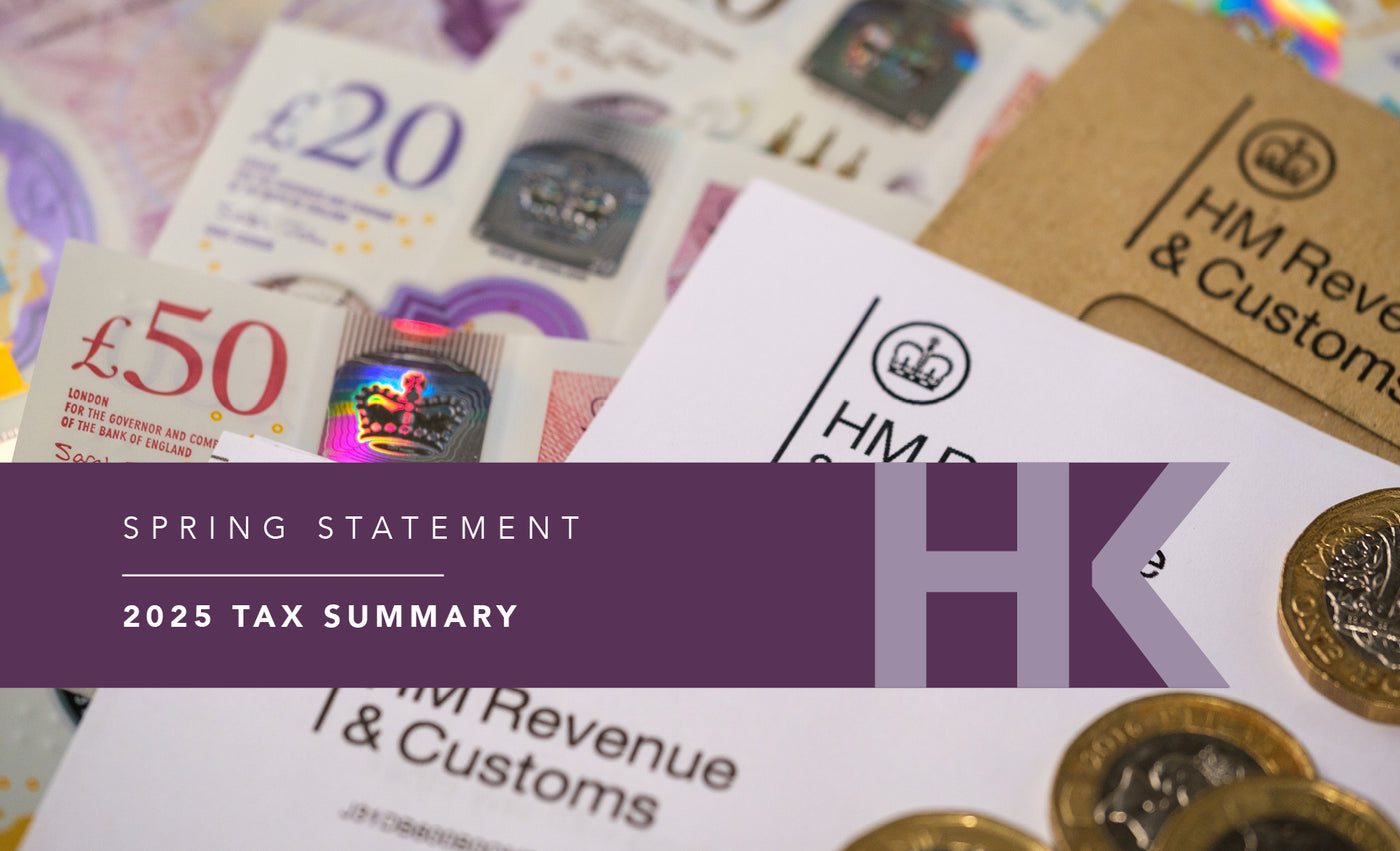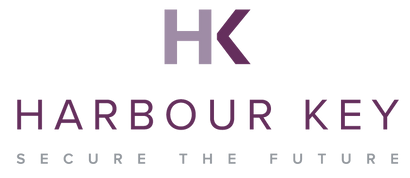
The Chancellor, Rachel Reeves, alongside revised forecasts from the Office for Budget Responsibility delivered her first Spring Statement. The revised forecasts paint a less favourable outlook for short term economic growth (counterbalanced by an upgrade in economic growth in future periods, but this was before the USA tariff announcement) as well as an increase in borrowing as a proportion of GDP.
Consequently, the Chancellor announced around £14 billion in spending cuts and savings to ensure that the Government’s fiscal headroom will remain unchanged from its Autumn Budget forecast of £9.9 billion by the 2029-2030 fiscal period.
The Chancellor made her Spring Statement at the end of March. As anticipated, there were limited tax changes announced, and there was no rolling back on the potentially significant changes to inheritance tax and Employers National Insurance, which were announced in the Autumn Budget.
A summary of the tax announcement in the Spring Statement can be found below:
- New investment in HMRC's technology (which will be its Connect system) to crack down on tax evasion. More details on HMRC’s Connect system can be found HERE.
- HMRC will recruit an extra 500 compliance staff this year and 600 more debt management staff in 2026.
- Crackdown on tax advisers with £3k daily fines for those who don’t comply with information demand notices, and other notices, with HMRC looking to stifle tax avoidance promoters.
- Late payment penalties increased to 10% from current 4% effective from 1 April 2025. The slowest payers will face a more than doubling in the current penalty rate. Penalties for late payments of income tax under self-assessment will be increased, with those failing to pay within a month facing a 10% penalty, more than double the current rate. This regime will also be applied to VAT late payment penalties.
- Consultation on strengthening HMRC’s penalties regime for inaccuracies and failures to notify.
The measures announced in the Spring Budget, in addition to those in the Autumn statement shows that this Government is looking to tackle tax avoidance and is putting resource into this area. As we have flagged previously, in the last 12 months, there has been a significant increase in the number of enquiries, nudge letters, and compliance checks. In addition, we have seen a much more aggressive approach in collecting unpaid tax, further enhanced with the increase in late payment penalties summarised above.
- From August 2025 the High-Income Child Benefit Charge (HICBC) can be paid by employed parents through PAYE, removing the need to register for Self-Assessment. The individuals must be employed earning over £60,000 and falling under high income child benefit charge (HICBC) should be able to report their family’s child benefit payments through a new HMRC online service. Once registered with HMRC, they will be able to opt to pay the HICBC charge directly through PAYE via their company payroll, without having to register to complete a self-assessment tax return.
Although parents will not have to file a tax return, assuming they have no other additional income outside their PAYE earnings, they will have to use the online service to register their PAYE income from August.
- A review of Individual Savings Accounts (“ISA”) is to be undertaken to get the balance right between cash and equities, with rumours that the annual investment (currently £20,000), could be cut to £4,000 for cash ISAs. The financial advice industry is lobbying the Government to free up more of the ISA’s savings market that can be used in stock, and other equities, putting a case that a cash ISA should not have the level of benefits that a stock & shares ISA does, as less risk.
- New consultation on advance clearances for R&D tax relief.
- The ongoing making tax digital (“MTD”) project is to be extended to those with income more than £20,000, which it wants to pull into the system, requiring them to report quarterly, which will require software specifically for the purpose. As part of the ongoing rollout of MTD, the government said it ‘will continue to explore how we can best bring the benefits of digitalisation to a greater proportion of the four million sole traders and landlords who have income above the £20,000 threshold’.
The first stage of MTD for the self-employed and landlords with income above £50,000, goes live next year, and we have been chasing, and if you have not done so, you need to put in place a financial management system, to be ready for the change. The same goes for those earning over £30,000 from April 2027, and we expect the over £20,000 bracket from April 2028.



